After the Oil's Gone: Turning a Boomtown's Forgotten Downtown into an Arts Center
The new downtown satellite of the Philbrook Museum of Art in Tulsa is part of a reinvigorating of the Oklahoma city's downtown.
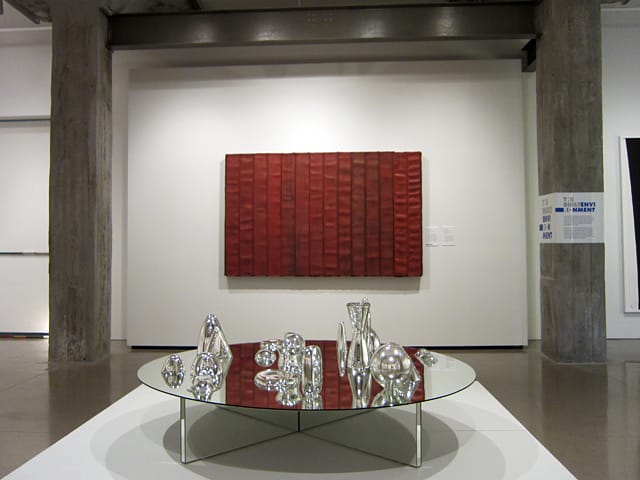
Oil boomtowns like Tulsa, Oklahoma, have seen their downtowns go from bustling centers of the region to quiet and empty spaces. Yet while it hasn’t reached that peak of the early 20th century where stunning art deco buildings proliferated and oilmen built sprawling mansions, the city has seen much recent promise for a return of vibrancy to its center.

While visiting Tulsa last weekend, I met with Lauren Ross, the Curator of Modern and Contemporary Art at the Philbrook Museum of Art at their brand new downtown space. Philbrook Downtown opened on June 14 with 30,000 square feet shaped from a former warehouse in the Brady Arts District, a developing downtown stretch spearheaded by the George Kaiser Family Foundation that includes the recently opened Woody Guthrie Center and other arts destinations. Philbrook itself started in 1939 in a former oilman mansion — the Italian Renaissance-inspired villa of Waite Phillips. Yet while that building is absolutely gorgeous, with a waterfall cascading through a formal garden and rooms with woodworking details flowing through the space, it’s not an ideal place for contemporary art. As Ross explained, the ceilings are low and a fireplace is a permanent fixture of the main museum’s contemporary arts gallery.


Philbrook may not have a name that resonates with the whole country, but it’s a leading Midwestern arts center with a strong collection, especially with Native American art. This was fortified with the recent acquisition of the Adkins Collection, which the Philbrook is sharing with the Fred Jones Jr. Museum of Art at the University of Oklahoma, and it gets a whole floor of the new two-story Philbrook Downtown. The lower half is dedicated to contemporary art and rotating exhibitions. The whole space has a heavy industrial feel not unlike a rather massive Chelsea gallery, which makes sense as it was designed by Richard Gluckman of Gluckman Mayner Architects, mastermind of the Chelsea galleries like Gagosian, Mary Boone, and Paula Cooper. There aren’t these many types of spaces in Oklahoma, so it will be interesting to see not just how it is incorporated into the evolving downtown arts scene, but the audience it finds as well.

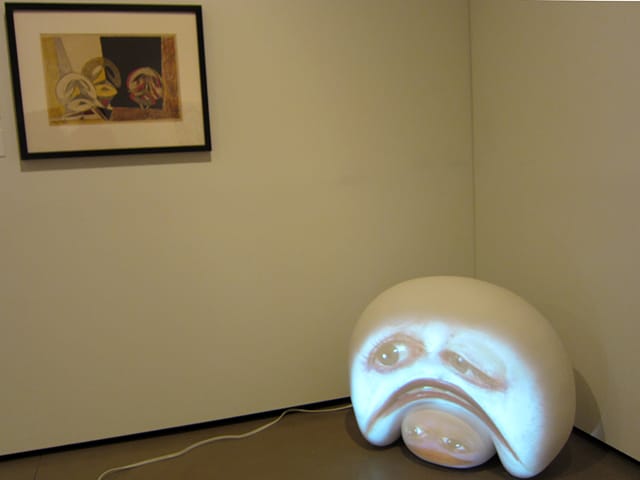
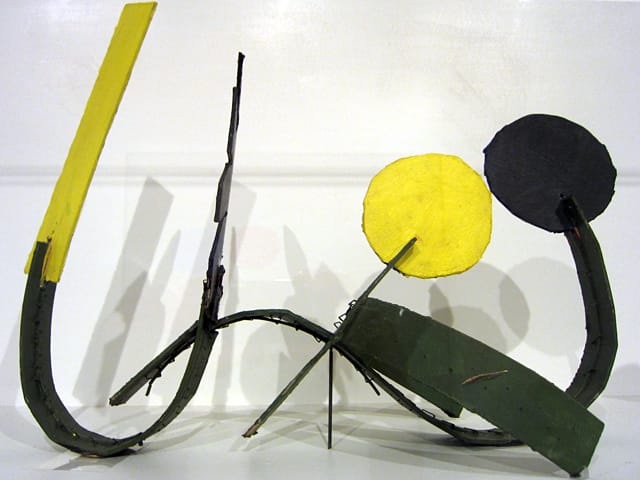
As for its initial exhibitions, it’s a promising showing, with an introductory exhibition called Opening Abstraction that uses that broad theme to bring together contemporary and modern highlights of the Philbrook collection, like art by Clyfford Still, Rachel Whiteread, Max Ernst, and Gary Simmons along with local, but under-recognized nationally, artists like Lee Mullican. Some of these are on view for the first time due to their size or there just not being enough space in the museum. This is flanked by small exhibitions, with an one from the Gottlieb Foundation on Abstract Expressionist Adolph Gottlieb’s sculptures, and another on 20th century women artists who worked in the Southwest.
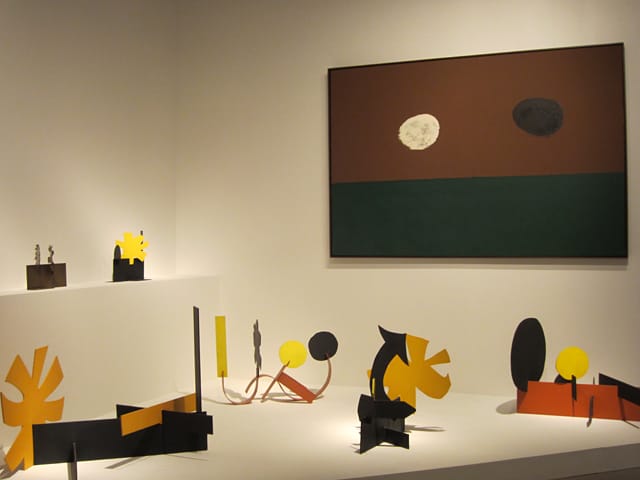
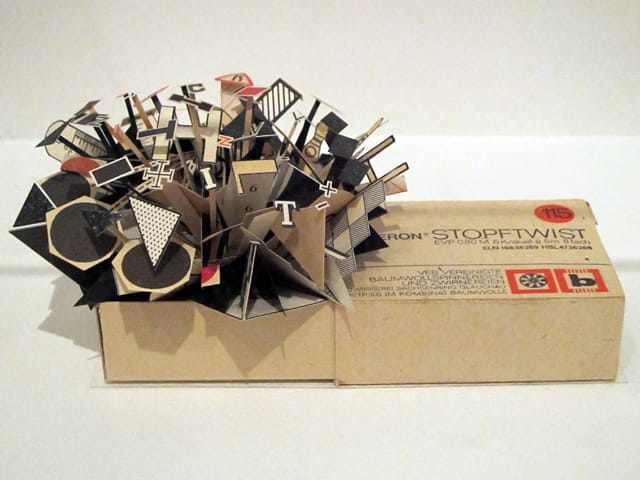
Where it goes from here, and how this reincarnation of a once forgotten downtown sustains itself, remains to be seen, but this stalwart of refined art has definitely an opportunity to make a bold breakout from its villa to such an industrial space, and hopefully there will be an audience ready to engage with its art.

Philbrook Downtown (116 E. Brady Street, Tulsa, Oklahoma) opened June 14.





